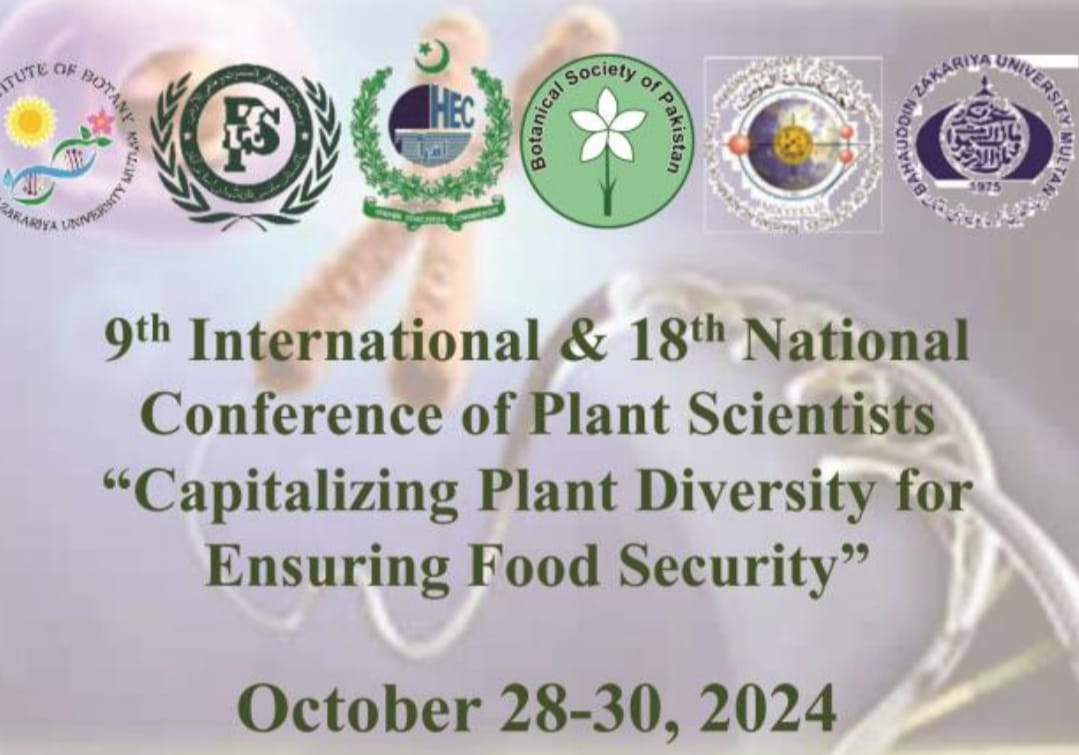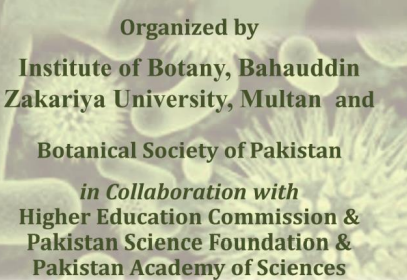
PJB-2024-562
Analysis of genetic diversity in different geographical populations of Bauhinia variegata L. with sequence-related polymorphism (SRAP) markers
Jiuxiang Huang, Miaokun He, Qun Li, Xiaoxi Chen, Zhijiang Feng, Shaowei Huang, Tianyi Liu and Lincoln Fok
Abstract
Bauhinia variegata L. (Orchid tree) is a popular ornamental plant in south China and has medicinal, environmental remediation, and environmental biomonitoring values. To examine the genetic diversity and differentiation of B. variegata in south China, the leaf samples were collected from seven geographic populations. The sequence-related amplified polymorphism (SRAP) markers were screened and 13 primer pairs were selected. Based on the 13 primer pairs, 168 bands were generated. It was found that out of 168 bands, 112 were polymorphic was 66.67%. The genetic Nei’s distance among different B. varigata populations ranged from 0.2548 to 0.0470. The general Nei's genetic diversity index was 0.2265. The general Shannon's information index was 0.3405. Genetic differentiation (Gst) among populations was 0.4580. The population of B. varigata from Hong Kong was clustered into one separate group with other populations from mainland China. The SRAP data indicated that the B. varigata had certain genetic diversity and the gene flow occurred mainly intra-populations. The prepotency selection should be processed intra-population, and the germplasm introduction should focus on different regions for a wider collection range, which is in accordance with the expansive distribution of B. variegata
To Cite this article: Jiuxiang Huang, Miaokun He, Qun Li, Xiaoxi Chen, Zhijiang Feng, Shaowei Huang, Tianyi Liu and Lincoln Fok. 2026. Analysis of genetic diversity in different geographical populations of Bauhinia variegata L. with sequence-related polymorphism (SRAP) markers. Pak. J. Bot., 58(1): DOI: http://dx.doi.org/10.30848/PJB2026-1(35)
Download PDF


